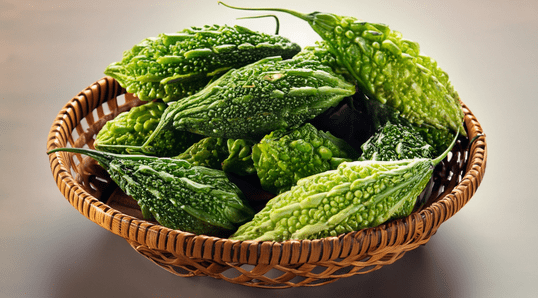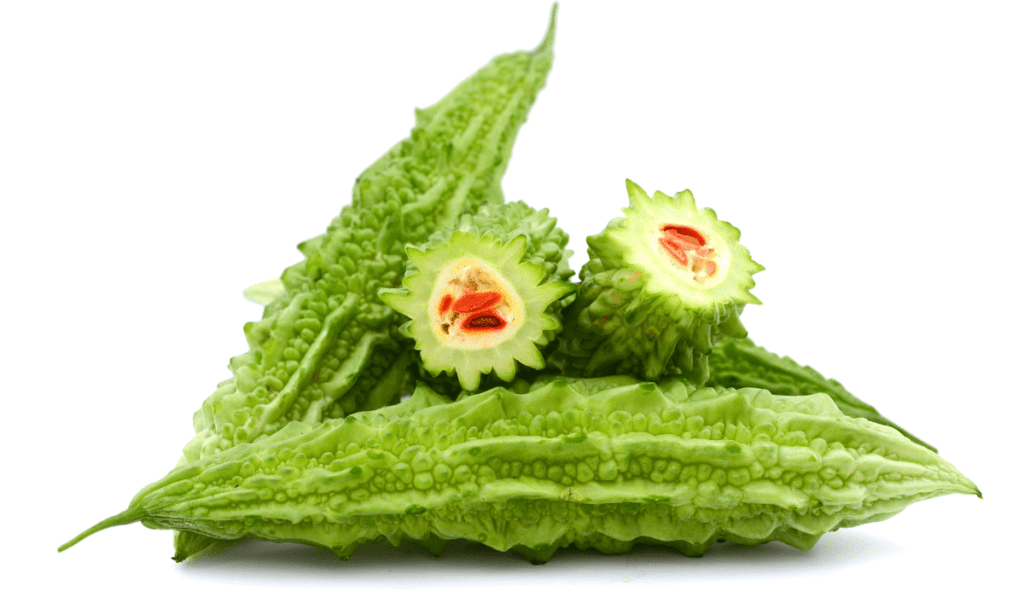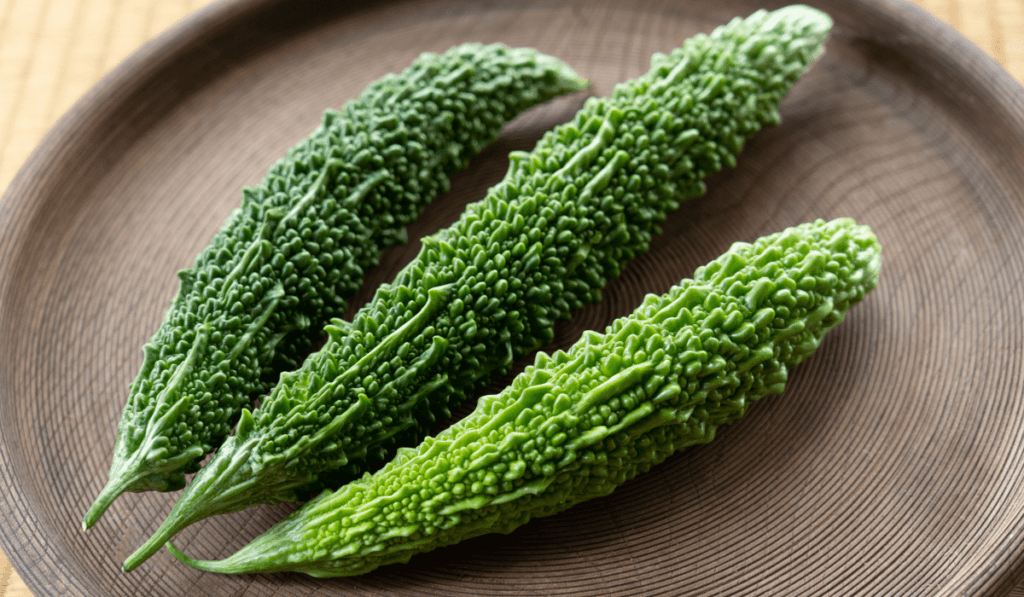Cultivate the unique flavor of bitter melons with a comprehensive guide on “Growing Bitter Melons.” Unlock the secrets of bitter melon plant care, from planting to harvest. This guide simplifies the process, ensuring your bitter melon plants flourish. Ready to enjoy the distinctive taste of homegrown bitter melons? Let’s explore the essential steps for growing bitter melons together!
Understanding Bitter Melon
Bitterness:
As the name suggests, bitter melon is known for its bitter taste. This bitterness comes from compounds known as cucurbitacins, which offer potential health benefits.
Varieties:
There are several varieties of bitter melon, including Chinese, Indian, and African. Each type has slightly different characteristics and flavors.
Planting Bitter Melon
Location:
Bitter melon thrives in warm, tropical climates but can be grown in temperate regions during the summer. Choose a sunny location with well-draining soil.
Seeds:
Bitter melon is typically grown from seeds. You can either purchase seeds or save them from mature bitter melons. Soak the seeds in water for a day or two before planting to improve germination.
Planting Depth:
Plant the seeds about half an inch deep and space them at least 12 inches apart in rows.
Support:
Bitter melon is a vining plant that benefits from support. You can use trellises, stakes, or a fence for the vines to climb.
Bitter Melon Care
Watering:
Bitter melon plants need consistent moisture. Water deeply when the soil is dry to the touch. Avoid overhead watering to prevent fungal diseases.
Fertilization:
Use a balanced, all-purpose fertilizer to nourish your bitter melon plants. Apply it according to the package instructions, and avoid over-fertilizing.
Pruning:
Regularly prune the vines to encourage bushier growth and better air circulation, which can help prevent diseases.
Pest and Disease Management:
Keep an eye out for common garden pests like aphids and spider mites. Neem oil or insecticidal soap can help control these pests. Also, watch for signs of fungal diseases and treat them promptly.
Harvesting Bitter Melon
- Bitter melon can be harvested when it reaches the desired size, typically 4 to 6 inches in length. Younger bitter melons tend to be less bitter.
- Use a sharp knife or scissors to cut the fruit from the vine. Be cautious as the fruits can have spiky exteriors.
Culinary Uses
- Bitter melon is a versatile vegetable used in various cuisines. It can be stir-fried, stuffed, added to soups, or even pickled.
- To reduce bitterness, you can soak sliced bitter melon in salted water for about 30 minutes before cooking.
Potential Health Benefits
Bitter melon is renowned for its potential health benefits, including blood sugar regulation and antioxidant properties. However, consult with a healthcare professional before using it as a remedy.
Conclusion
Growing bitter melon can be a rewarding experience for gardeners who appreciate unique flavors and are interested in exploring its potential health benefits. With the right care and attention, you can enjoy a bountiful harvest of this distinctive vegetable.



